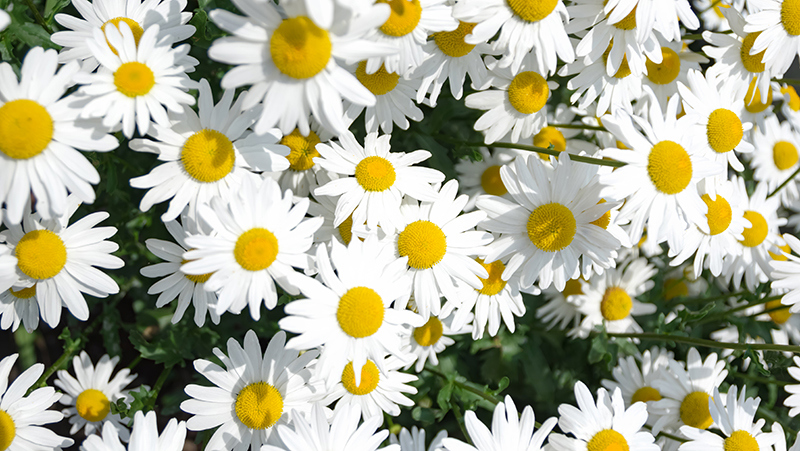Yates Account
Join now
Create a Yates account today!
Sign up to join the Yates Garden Club for monthly e-mails packed with seasonal inspiration, tips for success & exclusive promotions.
Plus if you’re a Garden Club member you can take part in the Yates Growing Community - a blog to share successes, get advice & win prizes in fun challenges along the way!

Forgot password
Enter the email address associated with your account, and we'll email you a new password.

Marguerite Daisies (Argyranthemum frutescens) are garden masterpieces, available in pretty pinks, whites & yellows. They are a low maintenance shrub that flowers for months & months. The main flush is spring through to summer with flushes on and off throughout the year. They love full sun and are perfect picked as a cut flower - in a vase will brighten up any room!
How to grow Marguerite Daisies in a garden
- Choose a position in full sun or part shade with well drained soil.
- Enrich the soil with Yates Thrive Natural Blood & Bone with Seaweed. If the soil is clay based, add gypsum and fork in well.
- Dig the planting hole twice as wide and to the same depth as the root-ball. Remove the plant from the container and gently tease the roots.
- Position in hole and backfill, gently firming down. Form a raised doughnut shaped ring around the plant, creating a well so that water will go where it’s needed most. Water in well.
- Mulch with an organic mulch like woodchip or pea straw, keeping it away from the base of the plant.
- Water deeply, once or twice a week, depending on weather conditions, allowing to dry out slightly in between waterings.
- During the growing and flowering season feed with Yates Thrive Rose & Flower Granular Plant Food. TIP: for an added boost apply Yates Thrive Natural Fish & Seaweed+ Plant Food Concentrate.

How to grow Marguerite Daisies in a pot
- Choose a pot at least 300mm wide.
- Position in full sun or part shade.
- Fill the pot with quality potting mix, such as Yates Premium Potting Mix.
- Remove the plant from the container and gently tease the roots.
- Position in hole and backfill, gently firming down. Water in well.
- Water deeply, once or twice a week, depending on weather conditions, allowing to dry out slightly in between waterings.
- Feed with Yates Thrive Roses & Flowers Liquid Plant Food. TIP: for an added boost apply Yates Thrive Natural Fish & Seaweed+ Plant Food Concentrate.
Growing tips
- Blooms are fullest in the autumn and spring months depending on your climate zone.
- The plants are not plagued by most pests, although the usual suspects, such as aphids, mites and thrips, may occasionally attack them.
- To increase the bushiness of this shrubby daisy, and promote constant blooming, prune back or “deadhead” any dying flowers.
- The 'Blue Marguerite Daisy' is a different species known as Felicia amelloides.
Hellebores are the moody, gothic jewels of the winter garden. Learn how you can grow them in garden or in pots.
Gardenia
Gardenias have soft scented blooms in white or yellow. Depending on the variety, can be grown as a shrub, standard, hedge or ground cover.
Freesia
Freesias are a spring flowering bulb that produce scented blooms in a range of vibrant colours including pinks, white, yellow, mauve and red.
Flax
Flax (Phormium spp.) are highly versatile plants which can grow well in swampy or dry conditions. Great for large pots or en-masse in garden beds.
Recommended products
Yates Thrive Rose & Flower Granular Plant Food
Specially formulated to grow all types of flowers. With high potassium for large & abundant flowers, added calcium & iron for stronger flowers.
Yates Thrive Roses & Flowers Liquid Plant Food
Provides your flowers & roses with the balanced nutrients they require for healthy growth and flower production.
Yates Premium Potting Mix
A premium potting mix, ideal for all potted plants and shrubs, including ornamentals, fruit trees, vegies and herbs.
Yates Thrive Natural Blood & Bone with Seaweed
A certified organic garden input boosted with NZ Seaweed to gently nourish plants, enrich the soil and encourage a strong healthy root system.
















Share
Share this article on social media